In 2013’s Kumbh Mela at Allahabad, nearly 120 million people gathered over 55 days in a temporary city of 20 sq km. In this photo essay, Rohit Sinha captures the event, part of UNESCO’s Representative List of Intangible Cultural Heritage of Humanity, while describing how the city is built and what keeps it together.
What is the nature of a mass human gathering? Does its essence lie in the dynamism of individuals moving through the system or is an overarching coordination structure necessary to make it flourish? To answer these questions, I headed to the Allahabad Kumbh Mela in early 2013. Widely considered to be the largest peaceful gathering on earth, an estimated 120 million people visited the banks of the River Ganga over a period of 55 days.
 Panorama of the festival city on the banks of the River Ganga at dawn.
Panorama of the festival city on the banks of the River Ganga at dawn.
The sheer magnitude of the temporary city, built along the river banks, is jaw dropping. During the mela, the city is teeming with millions entering and exiting every day. The city is divided into sectors, each with its own police station, hospital, fire station, public conveniences and drinking water supply. Economic activity – merchants and trade shops – line the streets of the temporary city as if they were always there to begin with. To put it in perspective, the city accommodates a floating population of almost the size of Mexico’s population, camping in an area of 20 sq. km.

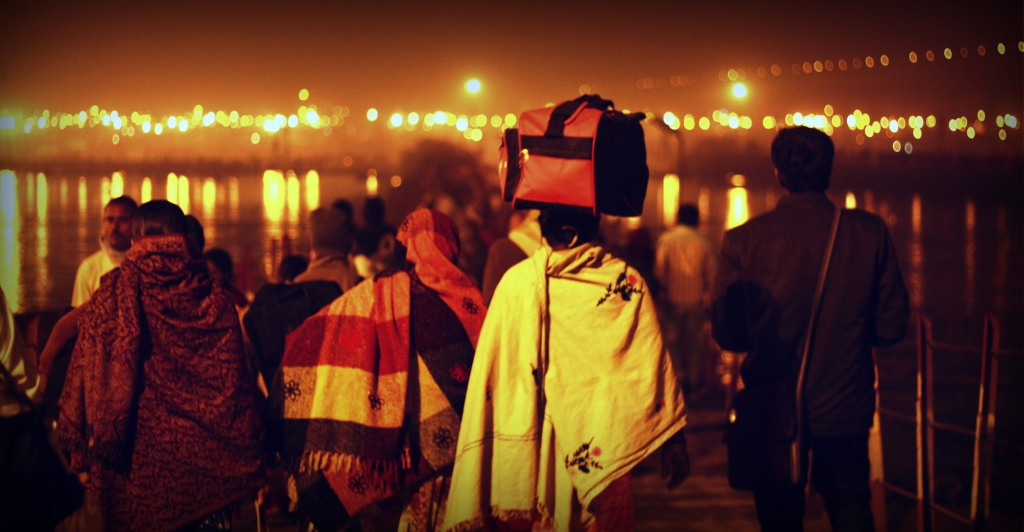

What makes this work, and keeps it from falling apart? When one first enters the city, it is hard to shake off the feeling of how fragile everything is. There is an unsettling feeling as you walk around. The symbols and artefacts of Hindu religion are ubiquitous, and so are large congregations of pilgrims. It is not hard to worry that a potential crises ranging from public health and sanitation (disease outbreak) to safety (fire and stampedes) challenges could disrupt the city and plunge it into chaos.
However, once your senses acclimatise, the organising features typical to a well-administered area become visible. There are signboards that mark the important landmarks of every sector, volunteers guiding pilgrims, emergency numbers clearly displayed at vantage points, motorcycles with firefighting equipment, and policemen mounted on horses keeping a watchful eye on the crowd. Preparations of setting up a functional city — the provision of public services, utilities, and security apparatus — are put in to place by the Government of India three months prior to the festival. Considerable resources are invested by the government to make this festival an incident-free exercise, and it stands out for its track record on safety and management.
The sheer enormity of the festival poses significant planning and logistical challenge for the government. Exploring its management and execution holds valuable lessons for mass gatherings in other locations around the world. Most of the planning around mass gatherings focus on crowd control and disaster management. The organisers and public health officials maintain the standards of health, sanitisation, security and safety for over a period of two months.
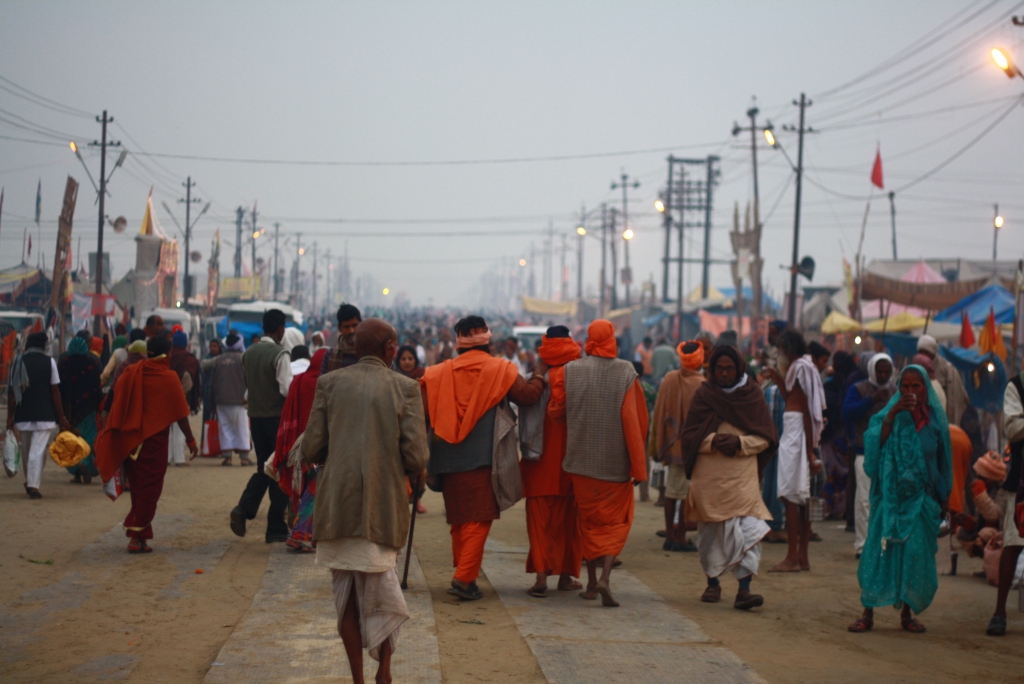
Morning crowds in one of the busy streets of the festival city.
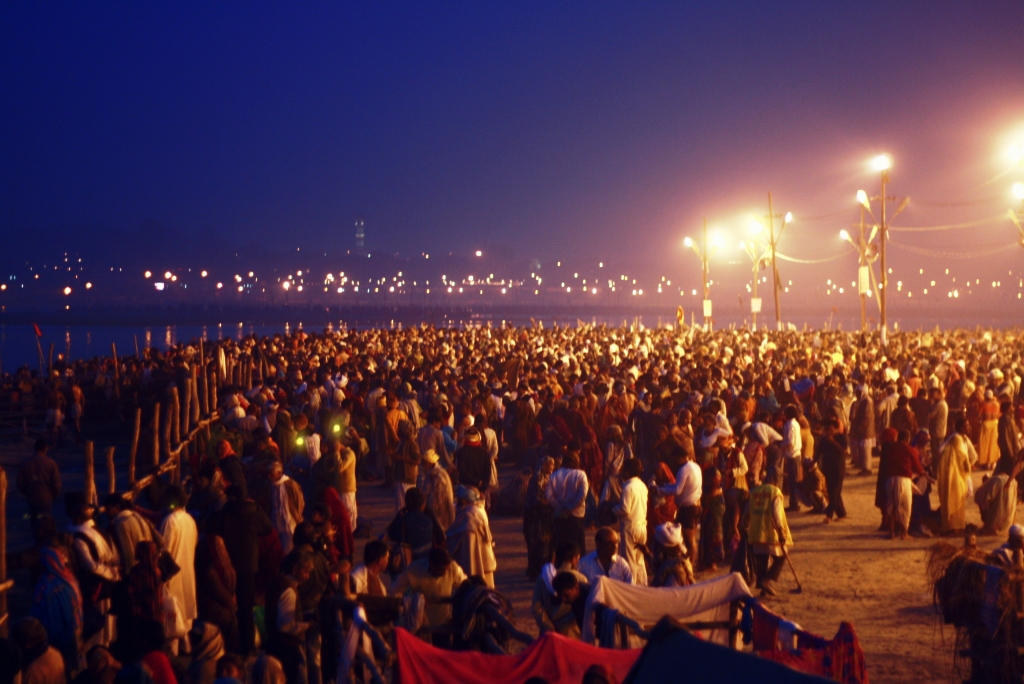
In an event such as the kumbh mela, where pilgrims camp for longer periods on the river bank, there are considerable health risks involved. Special attention needs to be paid to disease surveillance, infection control, water and sanitation. Given that the festival is held by the river, there is high risk of water-borne infection and disease. Recognising the potential costs of a disease breakout, the Indian government allocated 45 per cent of its festival budget to health in 2013. Escalation guidelines were set in place to identify and isolate sick patients to prevent the outbreak of an epidemic. Care was taken to provide piped water sources, separately for toilets and kitchens. The measures taken to improve health and sanitation were reflected in the outcomes in the data – only one-tenth of the illnesses were due to diarrhoea.
The administration of the Kumbh Mela is an excellent example of what strong planning and management can achieve, especially in the context of a developing country. Its execution should be documented, studied and evaluated in detail to enable learnings that can inform planning for other mass gatherings. The government administration has demonstrated significant capacity to undertake this festival peacefully and successfully over the years, a feat that must be emulated.
 The festival city after midnight. The city accommodates a floating population of almost the size of Mexico’s population, camping in an area of 20 sq. km.
The festival city after midnight. The city accommodates a floating population of almost the size of Mexico’s population, camping in an area of 20 sq. km.
This article gives the views of the authors, and not the position of the South Asia @ LSE blog, nor of the London School of Economics. Please read our comments policy before posting.
About The Photogtapher
 Rohit Sinha is a first-year student in the Masters of Public Administration (MPA) program at LSE. He has advised Members’ of Parliament in India and is interested in the intersection of politics and economics in contemporary society. He tweets @rohitrrs.
Rohit Sinha is a first-year student in the Masters of Public Administration (MPA) program at LSE. He has advised Members’ of Parliament in India and is interested in the intersection of politics and economics in contemporary society. He tweets @rohitrrs.




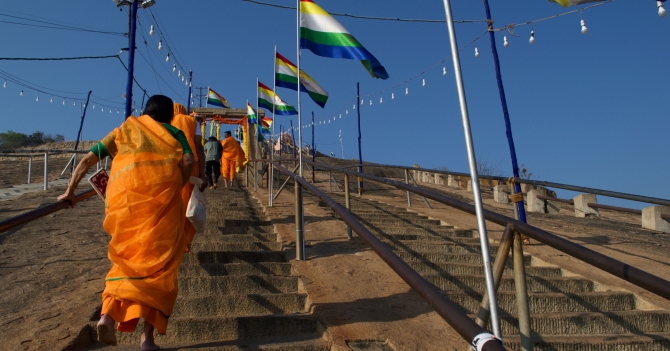

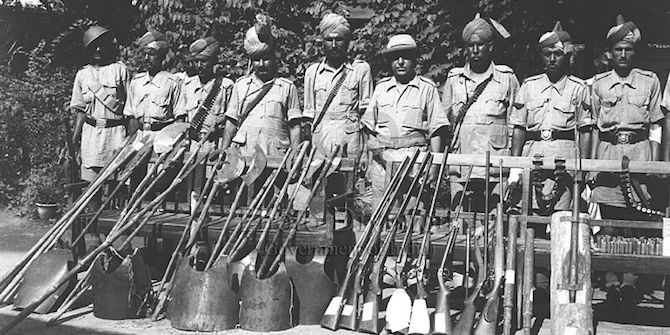

Thanks for finally talking about >South Asiaa @ LSE – Gods, men and mere mortals: organisation and safety at the Kumbh Mela <Liked it! http://www.icsi.edu/capitalmarketweek/UserProfile/tabid/4706/userId/2567592/Default.aspx
Stunning pictures